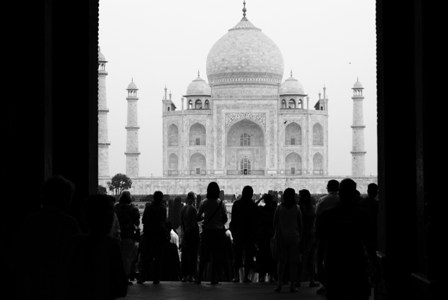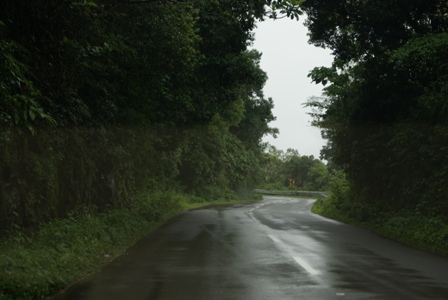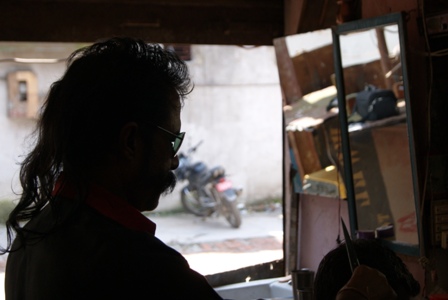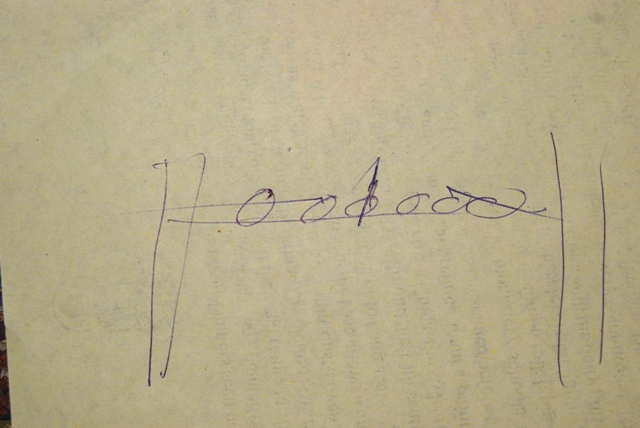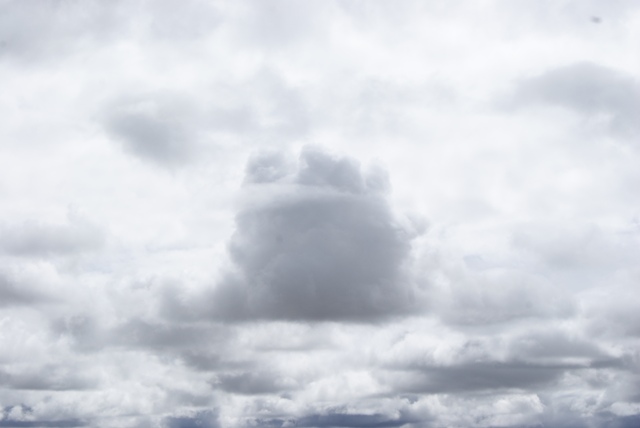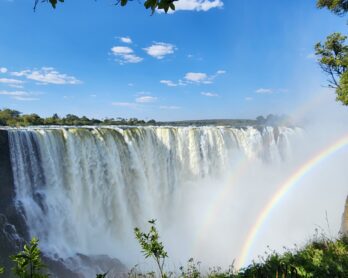“Any travel tips?” A friend from Hawaii asked me before she embarked on her first trip to India. “Do not carry anything in your pockets and do not accept any food or drink from strangers.” Even my house-bound mama could have handed her these gems. Nevertheless she took it with the beautiful aloha-grace of the island. “Mahalo.” She said. But my friend’s first stop was the milling Mumbai from where she was craving for a pav bhaji on the ever-more-milling Chowpatty beach. The typical backpacker that she was, she would
Driving around Jaipur, you aptly wonder why it is called the ‘Pink City’ – for it is anything but pink. It is a fiery to a sunburnt orange in some places, brick red in some while all the upcoming quarters are Gurgaon-gray. But the ‘pink’ goes way back and we are not prepared to let go of it for reasons not really connected to history or heritage. Way back in 1876 when Edward, Prince of Wales came visiting Maharajah Ram Singh ordered the city to be painted wholly and completely
Surely God Himself made Kerala. And this is not because we call Kerala ‘God’s own country’ but the place is really great to look at. More so when it rains. And boy does it rain! When god made Kerala, He had his kicks too. Can’t blame Him as any kind of mesmerising beauty gets boring after a while. So He decided to people it with a complicated lot. An agitated army of a really intelligent bunch frustrated on many fronts – political, economic, religious, sexual. I say this for I
The ‘it’ factor. This is what makes a superstar stand out from the rest of us. Repeated attempts by the learned ones haven’t resulted in its decoding – yet. If the at first theoretically postulated God Particle was found to actually exist, then some day the ‘it’ factor too will be revealed to inhabit probably the genes or will be attributed to a conditioning of an impressionable hypothalamus. Till then the attributes bandied about will be as flattering as it will be flummoxing, will be contradicting as it will be
The world knows Ani Choying Drolma as ‘the singing nun’. But Ani (honorific for ‘nun’) was at first an accidental nun. “I did not join the monastery out of any divine calling,” she says with all the nonchalance of an everyday fact. “My father used to abuse me physically and I joined the Nagi Gompa Monastery as it was the next best option to running away.” We were sitting in the airy living room of her comfortable, rufous-coloured multi-storey house in the tarred mesa on the predominantly Buddhist outskirts of
This is the first in an occasional series ‘Telling Tales’ which are stories of people from my different journeys. On a coarse sheet of paper Koul drew some lines and circles. “Here,” he said pointing to the lines, “are electric posts with wires.” “And these,” he said tapping the hurriedly-drawn circles, “are birds. They are sitting on the wire.” Koul then put a bold mark across one of the circles / birds. “If somebody shot one of these birds,” he asked looking me right in my eye, “can you expect
Dramatic translucent smoke billowed out of the open cockpit doors into the narrow aisle. I espied the numerous shiny consoles and knob-headed levers fading into a thickening blanket from where I sat with my cameraman Santosh. My co-passengers, mostly pilgrims from Hyderabad and Mumbai began to panic. The startled murmurs reached a feverish crescendo to screams and shouts of alarm. The older ones, not yet willing to let go, began the ubiquitous chant ‘Om Namah Shiva’. “Buddy, start rolling.” I told Santosh who sat frozen only for an instant. If
Every weather pattern has a name. And used to have a timeframe as well. The recent rains – which we all very clinically called ‘pre monsoon showers’ – used to be ‘mango showers’ earlier, helping in the ripening of mangoes. An outcome of thunderstorms over the Bay of Bengal, they fell in April and were also called ‘April showers’. Very crucial for the farmers of Kerala, Karnataka and Goa with large mango plantations, these showers prevented the mangoes from falling prematurely. However this year ‘mango showers’ have arrived as we
With so many factors at play, it was best not to try and analyse what caused the slight drizzle that cooled off a sweltering Delhi on an early June afternoon. Instead I, along with hundreds of other Delhi-ites, focussed on enjoying it in its most famous landmark, the India Gate, well into midnight. The manicured lawns surrounding the arched monument was choc-a-bloc with picnicking parties – each armed with plastic mats to cover the wet grass and gleefully no umbrellas. Hit numbers strained over the shuddering little mobile phone speakers.
The wheeling months go round And back I come again To the baked and blistered ground And the dust-encumbered plain And the bare hot-weather trees And the Trunk Road’s aching white; Oh, land of little ease! Oh, land of strange delight! From the diary of a member of the British Army Engineers, walking from Calcutta to Delhi, conducting the Grand Trunk Route Survey, 1830 Monsoon traditionally sets foot in India towards the second half of May sending fleeting sprinklers over southerly Kerala. The sheeting downpour takes another fortnight; almost unerringly


